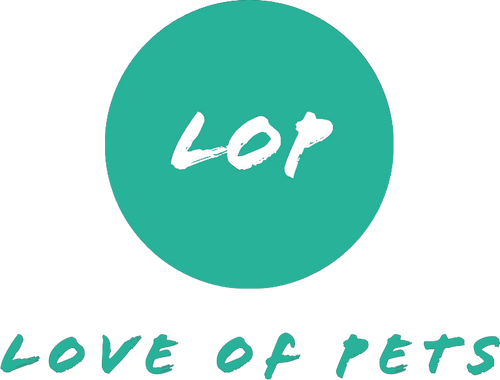Why Canine Nutrition Matters
The Role of Nutrition in Longevity and Behavior
Your dog's diet plays a pivotal role in its lifespan, energy levels, and behavior. A well-balanced diet supports organ function, muscle maintenance, healthy coat and skin, and can help manage weight. Nutrient-rich food also supports cognitive function, which is particularly important as dogs age.
Signs of Nutritional Deficiencies
Keep an eye out for these common indicators:
- Dull or thinning coat
- Recurring skin or ear infections
- Low energy, excess sleep, or lethargy
- Digestive upset (vomiting, diarrhea, soft stool)
- Weight loss or unexplained weight gain
What Makes a Balanced Dog Diet
Macronutrients: Proteins, Fats, and Carbs
- Proteins are essential for muscle growth, immune support, and tissue repair.
- Fats provide concentrated energy, promote brain health, and support skin and coat condition.
- Carbohydrates offer fiber and energy from whole grains, legumes, and vegetables.
Essential Vitamins and Minerals
- Calcium & Phosphorus: Bone and joint health
- Vitamins A, D & E: Vision, immunity, and cell protection
- B-Vitamins: Metabolism and red blood cell production
- Trace minerals: Zinc, iodine, and selenium for skin, thyroid, and antioxidant function
Decoding Dog Food Ingredients
How to Read Dog Food Labels
Dog food labels list ingredients by weight. Look for whole protein and fat sources first. The Guaranteed Analysis shows protein, fat, fibre, and moisture content. AAFCO statements ensure the food is 'complete and balanced'.
Ingredients to Avoid
- Unspecified by-products or “meat meal”
- Artificial preservatives like BHA, BHT
- Artificial colors/flavors or added sugars
- Excess fillers like corn, wheat, or soy
Feeding Schedules and Portions
- Puppies: 3–4 meals daily
- Adults: 2 meals per day
- Seniors: Smaller, frequent meals if needed
Portions vary based on weight, breed, age, and activity. Use feeding guides and monitor body condition.
The Role of Supplements and Treats
Supplements support specific needs:
- Glucosamine & chondroitin: Joint support
- Fish oil: Skin, coat, heart, and brain health
- Probiotics: Gut health
Treats should be <10% of daily intake. Choose natural treats like freeze-dried liver or sweet potato. Avoid high-sugar and artificial treats.
Frequently Asked Questions (FAQ)
Should I switch between wet and dry food?
Yes—mixing wet and dry enhances palatability, hydration, and variety.
Is homemade dog food better?
Only if guided by a vet or nutritionist to ensure it’s nutritionally complete.
How do I manage food allergies?
Try an elimination diet or limited-ingredient foods to identify triggers.
What about raw diets?
Consult a vet due to potential health risks and balance concerns.
Conclusion & Expert Tips
Understanding and meeting your dog’s nutritional needs sets them up for a healthier, happier life. Here are expert tips:
- Choose high-quality protein as the first ingredient.
- Follow AAFCO guidelines for life stage.
- Use body condition scoring or weigh-ins regularly.
- Make dietary changes gradually over 7–10 days.
- Consult professionals for special diets or health concerns.

